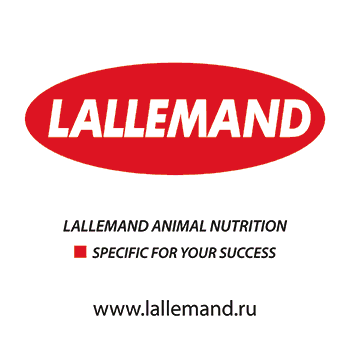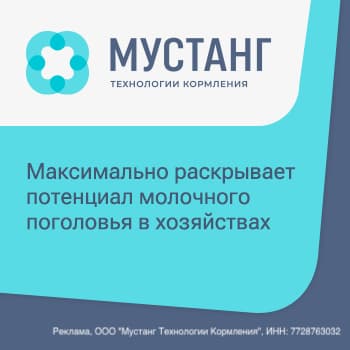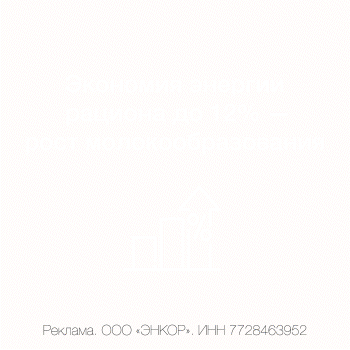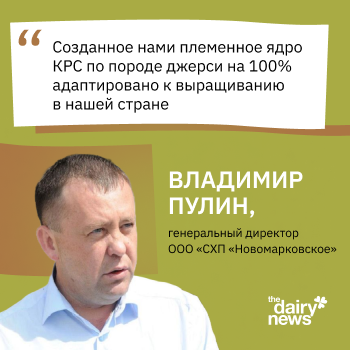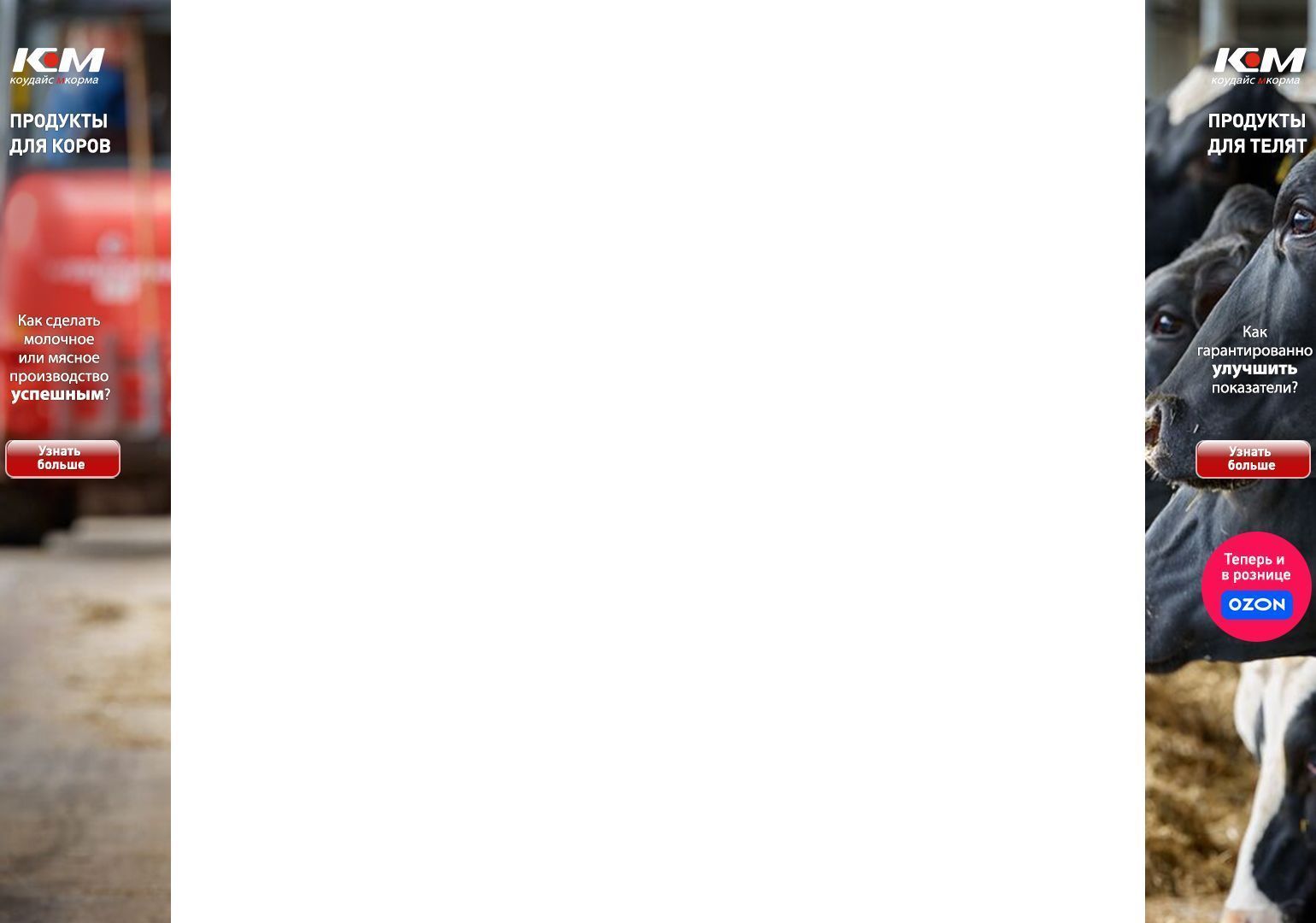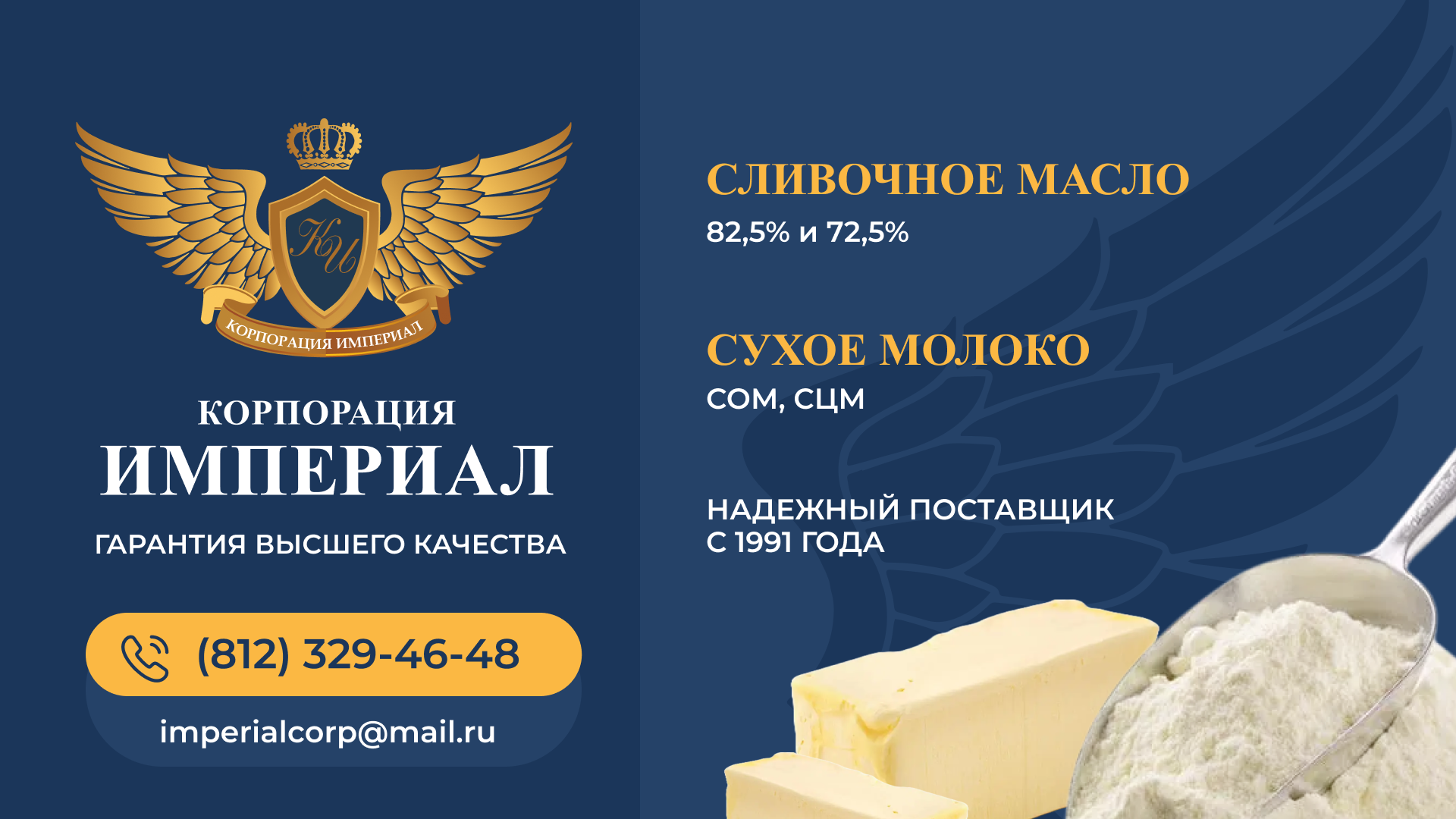Russian dairies compete on value added

Russian dairy farmers often process their milk as a way to survive the prices offered by large processors.
Vladimir Kalgin is one of those farmers. He, with his business partner, found the price that was being paid by the Pepsi-Co-owned large processor was below their cost of production.
Kalgin was in Canada recently as part of the Russian DairyNews car tour with farmers, processors and dairy industry support people visiting dairy farms in Ontario.
The Russian publication conducts an annual tour in Russia, but decided to move this year’s tour to Canada after editor Vera Mozgovaya visited Canada a couple of years ago. The tour visited dairy farms across Ontario including Summitholm Holsteins and the Durham East Holstein twilight meeting at Benrise Farms near Bowmanville.

Vladimir and Tatiana Kalgin toured Ontario dairy farms as part of a Russian car rally.photo: John Greig
Kalgin, who is also known as an expert in African Violets, runs a magazine dedicated to the indoor flowers and has judged African Violet shows in Canada and the U.S., partly owns and helps manage a 1200-cow operation in the Kaluga region near Moscow.
The Holstein-cross cows produce 25 tonnes of milk per day.
All the milk produced on the farm is processed by the OK Milk brand and is sold in 100 stores in the Moscow area. They mostly process soft cheeses.
Kalgin has a background in agriculture finance and completed a masters of business administration in the United States.
He and his business partner, who worked with him in finance, took over the financially challenged dairy in 2009. They soon realized that they continued to have to pour money into the dairy, and created processing for four tonnes of milk per day, or about 20 per cent of their daily production, which they thought would be enough. Over the next few years, however, they ramped up their processing side to all of their production and then also moved into distribution of milk and cheeses. They sell 50 different products.
They sell their milking bottles – but customers get their milk by refilling their bottles at stores. They compete by being able to keep their milk prices low by being in control of production, processing and distribution.
Kalgin said the size of dairy farms continues to grow. The challenge for smaller farms includes being close enough to government to get enough of the subsidies that flow into Russian dairy to be competitive, said Kalgin.
OK Milk’s future, he said, is to continue what it has done, producing pasteurized, healthy, safe milk that families can afford.

The Russian dairy publication DairyNews held a car rally in Ontario. The cars were hard to miss with their flags and stickers.photo: John Greig


